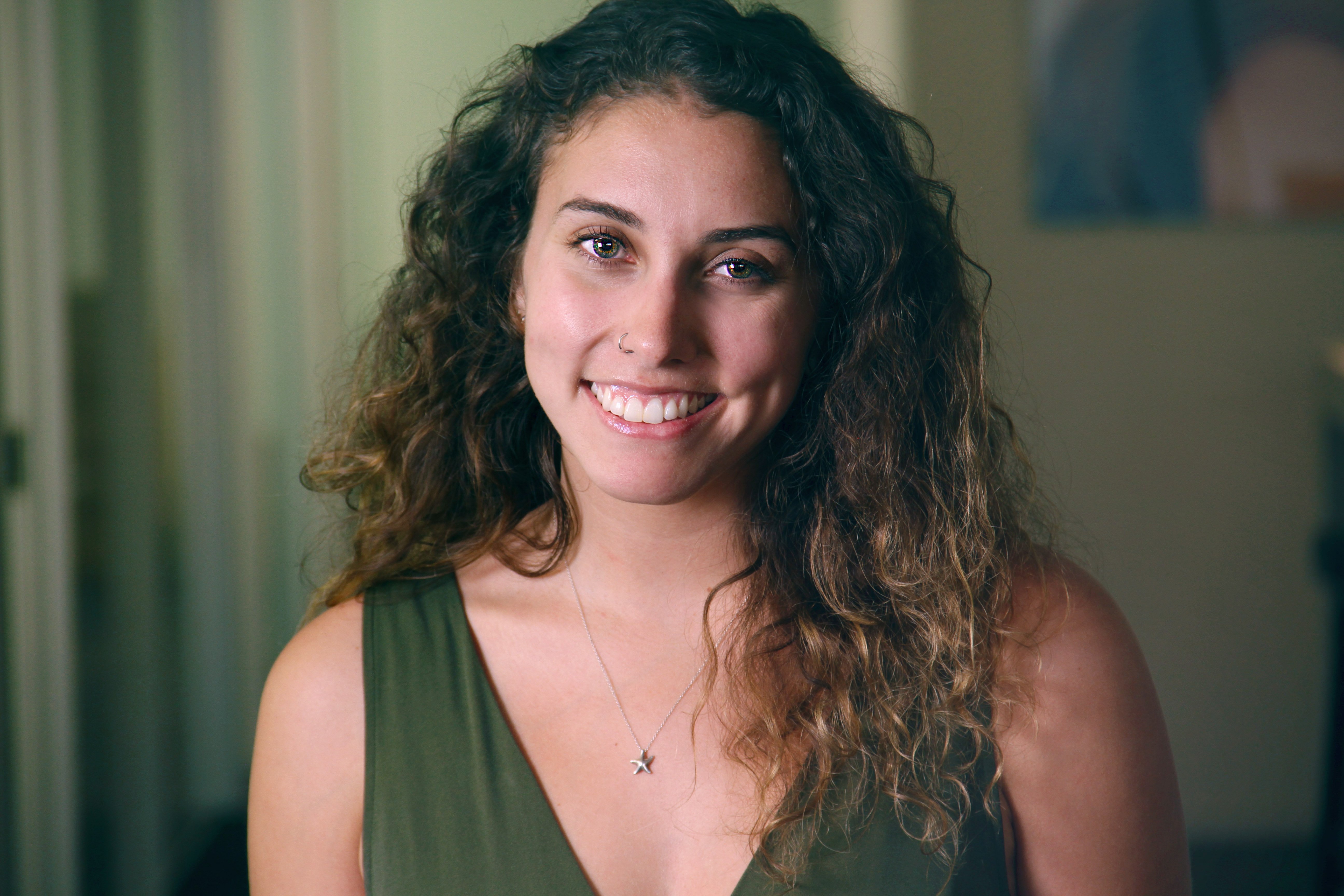How To Choose the Best Hair Topper: 5 Expert Tips

Wearing alternative hair, or hair that isn’t your biological hair does not always mean wearing a wig. There are many options when it comes to picking alternative hair to wear. One of these options is a hair topper. A hair topper is a piece of alternative hair that sits on the top of the scalp and provides partial coverage. The hair on the topper is blended in with existing biological hair to create a seamless look. It has a base that is secured to existing hair by clips.
If you have smaller areas of thinning or the early stages of hair loss with a widening part, a topper is a great option to provide sufficient coverage. Some people choose toppers to enhance their natural hair’s volume and give more fullness to the crown.
At Daniel Alain, we are known for our human hair wigs. We also craft human hair toppers from 100% European hair. We have helped many women choose the best topper for them. In this article, we’re going to provide five tips on how to choose the best hair topper. By the end of this article, you’ll know exactly what to look for when deciding on a topper that is best for your needs.
Tip One: Assess Your Foundational Hair Integrity
To wear a topper, you need strong biological hair around the affected area. Fine or thinning hair is not strong. Because a topper has clips to secure the piece to the scalp, you want to make sure the hair is strong enough to consistently hold the clips.
The clips will be in the same area and if the hair is not strong, the clips can damage delicate hair and even cause traction alopecia over time.
Traction alopecia is hair loss due to excessive pulling on the hair follicle. If left unchecked, permanent damage can occur to the follicle. Some women who wear toppers will change the position of the clips or move the position around of the topper to avoid chronic pulling.
Tip Two: Choosing the Correct Base Size
The base size of your topper depends on the size of the affected area. When deciding on a base size, make sure that the affected area receives sufficient coverage from the topper. If you’re looking for a topper to add some extra volume to your hair, the base size can impact how much volume appears.
After selecting your base size, ask yourself: is this comfortable? If you’re consistently touching the topper to adjust it or feel it is too heavy, you may want to consider a different base size.
Tip Three: Considering Hair Texture
Because a hair topper is meant to be integrated with your existing biological hair, compare your hair texture to the topper’s texture. Some companies may offer different textures like curly hair toppers or toppers made from coarser, thicker hair.
At Daniel Alain, our hair toppers are made from 100% European hair, which is fine and straight. If your natural hair texture is different from the topper’s, you’ll probably have to style both your biological hair and your topper’s hair to blend the two seamlessly. It can be fun to change your style up but consider how much time you’d like to invest into styling. If you don’t mind some extra styling, a topper is a great introduction to wearing alternative hair.
Tip Four: Matching Your Natural Hair Color
When searching for the best topper, you want to have a color that is as close to your existing hair as possible. With only partial coverage, your hair color will be visible. If you’re struggling to find a hair topper that matches your natural hair color, ask if you can dye the topper or special order it in a color that more closely aligns with yours. Alternatively, you could dye your hair to match the topper if you want to change up your look.
Highlights or lowlights are a great way to also help blend a topper into your biological hair. With a topper, you won’t have to worry about frequent root touch up as the topper covers your roots.
Tip Five: Thinking About Length
According to the American Academy of Dermatology, biological hair grows about six inches a year, or 1/2 an inch per month. A topper will stay the same length. When considering which topper to choose, think about at what length you like to keep your hair.
If you prefer a longer style, be sure to select a topper that can match the longer length of your hair so you can blend it seamlessly and not have to cut your long hair. If you prefer a shorter length, go for a shorter topper. As your hair grows out, you may need to cut it more frequently to match the length of the topper. A topper can also be a great way to add in a layer, so long as it isn’t drastically shorter than your natural hair length.
Finding The Right Alternative Hair Solution For You
After reading this article, you now have a better idea of what to look for when choosing a hair topper.
A topper may be right for you if you…
- Don’t require full coverage
- Want an introduction into wearing alternative hair
- Have solid, foundational hair
- Enjoy styling your hair to integrate your hair and the topper’s hair
A topper is an excellent option for anyone interested in wearing alternative hair who isn’t sure if they’re ready for a wig. Wearing alternative hair can be a big step. A topper can get you more acclimated to wearing hair. It provides coverage to hide any areas affected by hair loss and can enhance hair volume and your confidence.
If you’re not sure if a hair topper or a wig is right for you, we recommend learning about the differences between the two. At Daniel Alain, we offer a topper Fit Kit so you can try on different base sizes we offer to see which one is the best for your needs. If you’d like personalized guidance as to whether a hair topper or wig is the best option for you, or are interested in a topper Fit Kit, book a consultation with one of our expert consultants who can help you make a decision that meets your needs.

